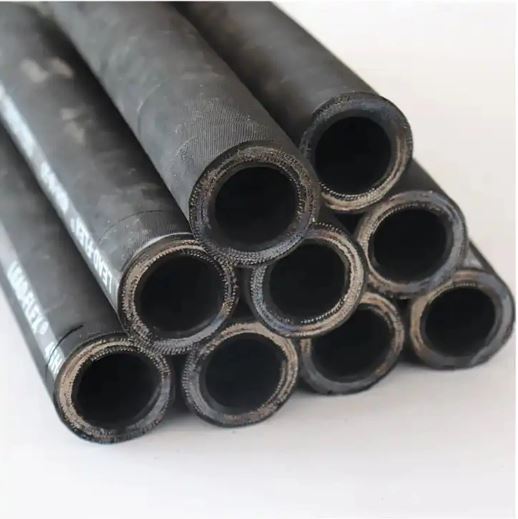discharge hoses
Understanding Discharge Hoses Their Importance and Applications
Discharge hoses are critical components in various industries, serving as conduits for transferring liquids, slurries, and gases from one location to another. These hoses are designed to handle discharge applications efficiently, ensuring reliability, safety, and performance in fluid transfer processes. Understanding their construction, applications, and maintenance is essential for maximizing their utility and longevity.
Construction and Materials
Discharge hoses are crafted from various materials to suit different applications. The most common materials include rubber, PVC, and reinforced textiles. Rubber hoses are known for their flexibility and durability, making them ideal for heavy-duty tasks. PVC hoses, on the other hand, are lightweight and resistant to corrosion, making them suitable for agricultural and light industrial applications. Reinforced hoses, which feature added layers, provide additional strength and are often used in high-pressure situations.
The internal diameter of discharge hoses can vary based on the volume of fluid to be transported and the required flow rate. Furthermore, the length of the hose plays a crucial role in determining how far and how efficiently the fluid can be discharged. Whether for industrial processes, agricultural irrigation, or dewatering applications, selecting the right size and material is crucial for effective operation.
Applications of Discharge Hoses
discharge hoses

Discharge hoses are utilized in numerous sectors, including construction, agriculture, mining, and waste management. In construction, they are often employed for dewatering sites, transferring water away from excavations to prevent flooding. In agriculture, these hoses can be used to irrigate fields or transfer fertilizers and pesticides.
In the mining industry, discharge hoses play a vital role in slurry transfer, facilitating the movement of water mixed with minerals. In waste management, they are essential for pumping sewage or sludge in treatment plants. The versatility of discharge hoses makes them indispensable in many applications, allowing for the efficient handling of liquids.
Maintenance and Safety
Regular maintenance of discharge hoses is essential to ensure their longevity and performance. Inspecting hoses for signs of wear, such as cracks or leaks, can prevent unexpected failures. Proper storage when not in use, preferably coiling them to avoid kinks or twists, also extends their life.
Safety is paramount when using discharge hoses, particularly in environments where hazardous materials are involved. Ensuring that hoses are compatible with the fluids being transported is crucial to avoid chemical reactions that could lead to hose degradation or dangerous spills.
In conclusion, discharge hoses are vital tools in fluid management across various industries. By understanding their construction, applications, and maintenance requirements, users can enhance their operational efficiency while ensuring safety and reliability. Whether in construction or agriculture, the proper use of discharge hoses can significantly impact productivity and effectiveness in fluid transfer tasks.
-
Top Quality Oxy Acetylene Hoses for Sale Fit for Welding DemandsNewsJul.28,2025
-
The Future of Pneumatic Air Tubes in IndustryNewsJul.28,2025
-
Superior and Reliable LPG Hose Pipe Solutions for Every NeedNewsJul.28,2025
-
Exceptionally Durable and Versatile Premium Braided PVC TubingNewsJul.28,2025
-
Best Adapters for Connecting Garden Hose to PVC Pipe ConnectionsNewsJul.28,2025
-
The Essential Role of LPG Hoses in Safe and Efficient Gas DistributionNewsJul.16,2025














